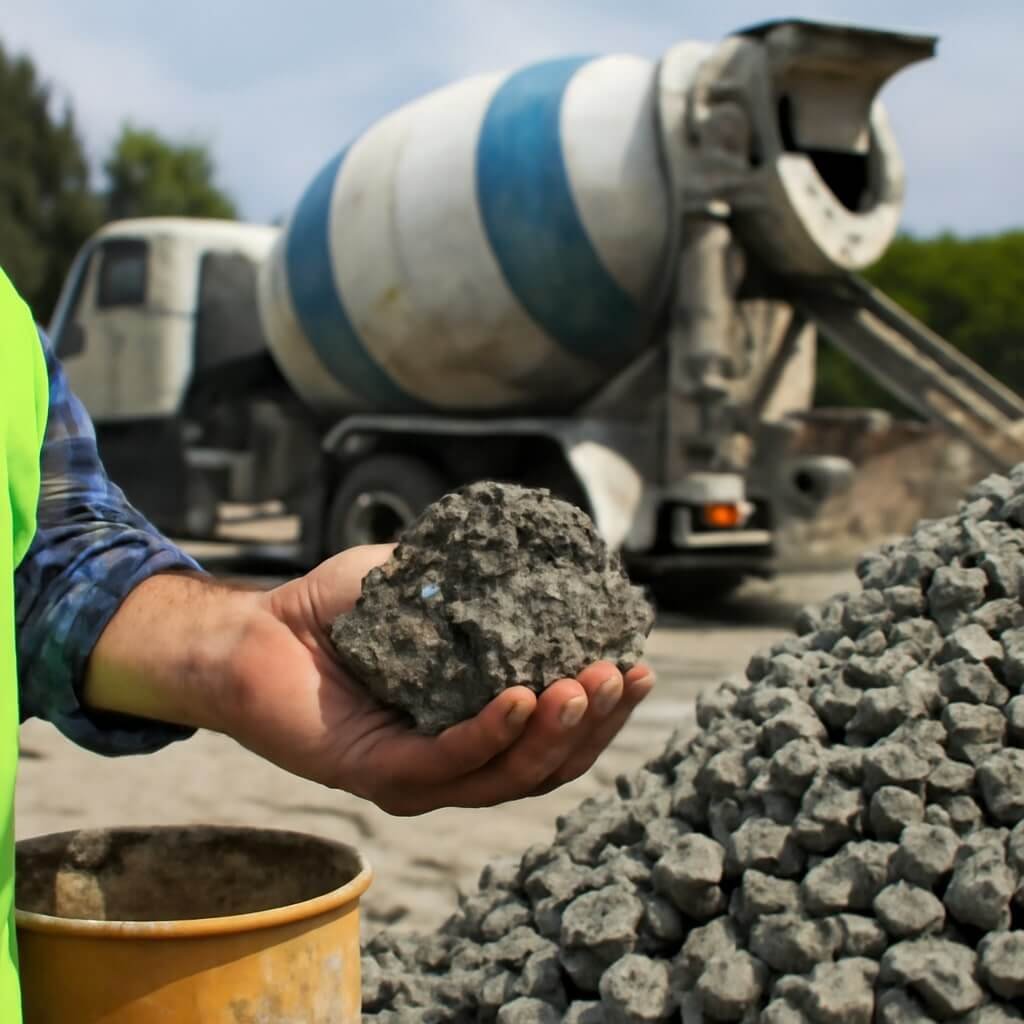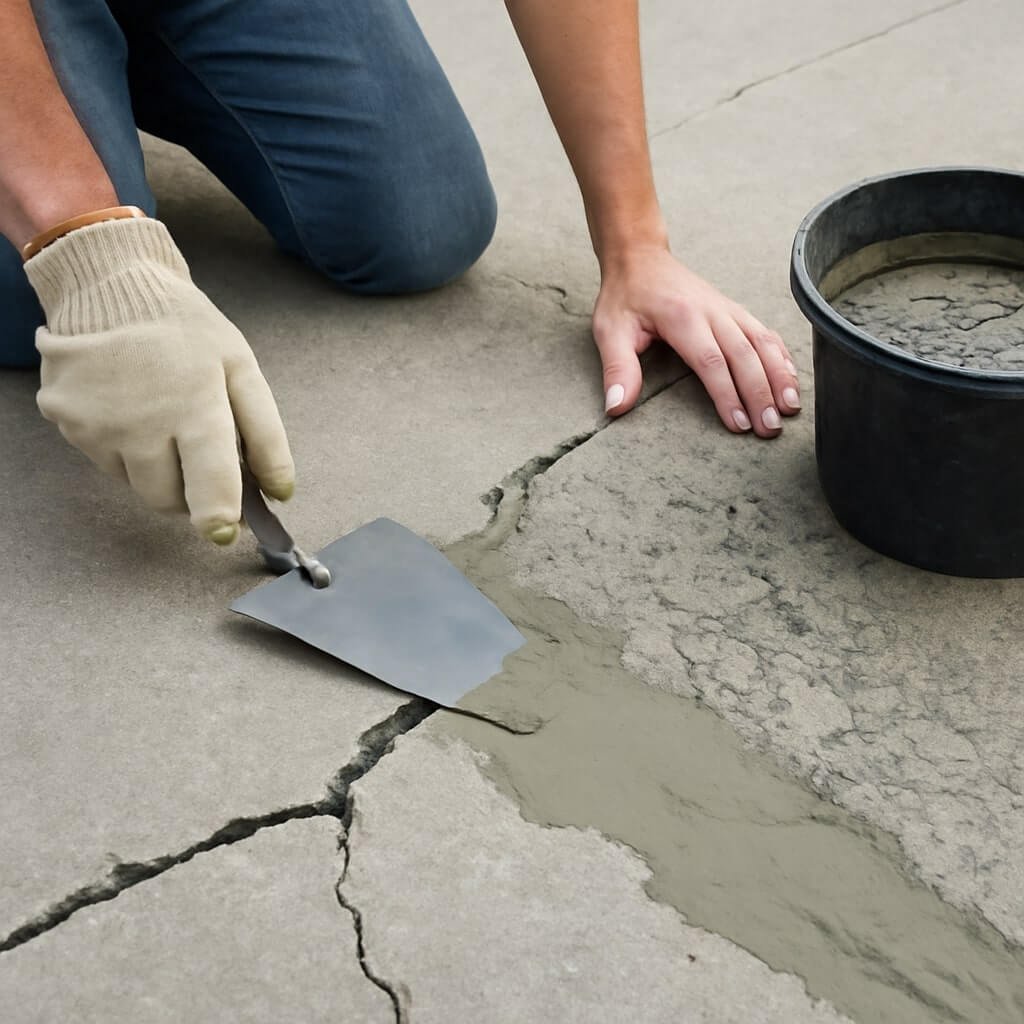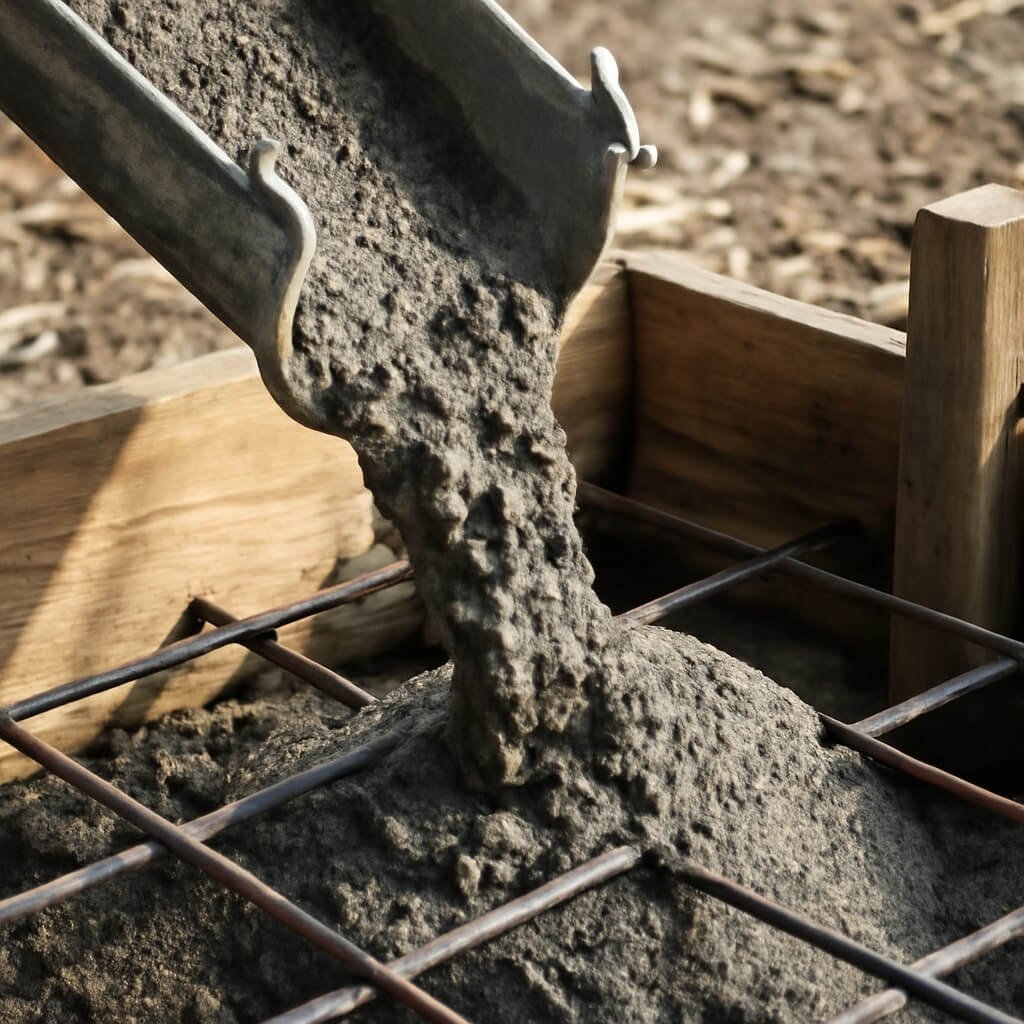Concrete is one of the most durable materials used in construction, forming the backbone of buildings, bridges, roads, and countless other structures. However, even the toughest concrete isn’t immune to damage over time. Spotting typical concrete damage signs early is essential to prevent costly repairs and maintain the safety and integrity of your property.
Whether you’re a homeowner, property manager, or construction professional, understanding these warning signals can save you time, money, and headaches down the road. This article delves into the most common signs of concrete damage, their causes, inspection methods, and effective repair solutions.
Introduction to Concrete Damage and Its Importance
Concrete serves as a fundamental material in construction due to its strength and longevity. Yet, environmental stressors, mechanical forces, and chemical reactions can slowly degrade concrete, compromising the structure’s performance. Early detection of damage is critical because minor issues can quickly escalate into major structural problems if left unaddressed.
Ignoring these signs not only threatens the safety of inhabitants but also leads to expensive repairs or even total replacement. Therefore, knowing how to identify and respond to concrete damage is a must for anyone responsible for maintaining concrete structures.
Common Causes of Concrete Damage

Concrete damage stems from a variety of causes. Understanding these can help you better assess the risk and frequency of inspections required.
Environmental Influences on Concrete
Weather conditions like freeze-thaw cycles, extreme heat, and moisture exposure cause expansion and contraction in concrete. Pollutants and acidic rain can chemically attack the surface, leading to deterioration over time.
Structural and Mechanical Stress
Heavy loads, ground movement, vibrations from nearby traffic or machinery, and poor foundation support create stresses that concrete may not withstand indefinitely. These stresses manifest as cracks, misalignments, or even partial collapses.
Typical Concrete Damage Signs You Should Spot Early
Recognising the early signs of concrete damage can prevent small issues from becoming safety hazards. Here are 12 typical signs you shouldn’t ignore:
Cracks in Concrete
Cracks vary widely in size and pattern. Hairline cracks may indicate shrinkage, while wider or spreading cracks often signal structural issues or foundation settlement. Horizontal or stair-step cracks near joints warrant immediate attention.
Spalling or Flaking Surface
Spalling happens when the concrete surface peels or flakes away, often exposing the aggregate underneath. This occurs due to freeze-thaw cycles, corrosion of internal reinforcement, or impact damage.
Discolouration and Stains
Changes in colour, such as dark patches or yellowish hues, can indicate water penetration, chemical stains, or mold growth. These discolourations often accompany deeper problems.
Rust Stains and Corrosion
Rust-coloured streaks on the surface indicate corroding steel reinforcement within the concrete, compromising its strength and durability.
Efflorescence
This white, powdery deposit on concrete surfaces results from soluble salts migrating to the surface due to moisture. While not structurally harmful, it signals excess moisture and potential internal damage.
Settlement and Misalignment
Uneven settling of the concrete slab causes tilting, sinking, or gaps. This often occurs due to poor soil compaction or water erosion underneath the foundation.
How to Inspect Concrete for Damage
Regular inspections are key to maintaining concrete health. Start by visually examining accessible areas in daylight. Look closely at joints, edges, and spots exposed to water or heavy loads. Document any cracks, stains, or surface changes.
For a thorough check, use tools such as a hammer for sounding hollow areas or a moisture meter to detect dampness. When in doubt, consult a structural engineer or concrete specialist.
Tools and Techniques for Concrete Damage Detection
Professional inspections may employ:
- Ultrasonic Pulse Velocity Testing: Measures concrete quality by sending sound waves.
- Ground Penetrating Radar (GPR): Detects voids and rebar corrosion below surfaces.
- Rebound Hammer Test: Assesses surface hardness and uniformity.
- Infrared Thermography: Finds moisture and voids through heat signatures.
Preventive Measures to Avoid Concrete Damage
The best way to manage concrete damage is through prevention.
Proper Design and Construction
Ensure concrete mixes suit the environment, and foundations are well-prepared. Quality workmanship and curing processes help prevent early damage.
Regular Maintenance and Cleaning
Keep surfaces clean, clear drainage paths, and seal exposed concrete to reduce water ingress and chemical attacks.
Repair Options for Concrete Damage
Concrete repairs vary by severity.
Crack Filling and Sealing
For minor cracks, epoxy or polyurethane injections seal gaps and restore strength.
Concrete Resurfacing
Applying a thin layer of fresh concrete or overlay can hide defects and improve surface durability.
Structural Repairs
Severe damage requires underpinning, steel reinforcement, or concrete replacement, often handled by professionals.
Cost Implications of Ignoring Concrete Damage
Delaying repairs can lead to escalating costs, including emergency fixes, property devaluation, legal liabilities, and safety risks. Early detection is a cost-effective strategy to preserve assets.
FAQs About Concrete Damage Signs and Repairs
How often should I inspect concrete for damage?
Can I repair concrete damage myself?
What causes efflorescence on concrete?
Is all cracking a sign of structural failure?
How long does concrete typically last?
Can sealing concrete prevent damage?
Conclusion: Act Early to Preserve Your Concrete
Spotting typical concrete damage signs early is your best defence against costly repairs and safety hazards. Regular inspections, preventive maintenance, and timely repairs keep your concrete strong and reliable for decades. Don’t wait until minor issues become major problems—stay proactive and safeguard your property today.



